The story of Angostura ltd
Angostura started in 1824 in the city of Angostura in Venezuela (today called Cuidad Bolivar) with its very worldwide bitters that you probably know : The famous Angostura Bitters – a few dashes of this bitters in a mojito is wonderful – This bitters is used in many cocktails to help to balance the taste of the cocktail.
Doctor Siegert who was a Medical Doctor, created this bitters first as a medicine against stomach problems, but one of his first concerns was to mask the bitter notes of the medicine, so he added some spices and herbs to improve the flavour. This bitter had a great success, first around the area of Angostura, then all over the country. It is only in 1875 that they decided to move to Trinidad because of the high level of taxes and duties on imported products in Venezuela
How does the bitters company became a rum company ?
Where does come from the identity of Angostura rum?
1/ 5 columns distillation: This 5 column distillation process allows a continuous distillation (contrary to potstill) and as a result increases the production pace and brings more aromas to the rum. The skills of the pot still distillers is to take only the « good stuff » from the distillation, called “the Heart”, the “heads” of the distillation contains a lot of volatile components as methanol and others that are not desirable components for the flavour of the rum, so this first part is put aside, then comes the heart of the distillation which is the good part and contains all of the aromas of the rum. At the end of the distillation process “the tails”, the nasty components remain and the role of the distillers is to stop the distillation before getting these components.
The 5 column continuous stills operate in the similar way. The columns allow the distiller to remove, on a continuous basis, the ‘heads’ and ‘tails’ with greater precision thus making it possible to create light rums as well as more heavy ones in order to get quite varying rums with different characters necessary for the aging and blending process.
It’s like music, you can play the same tune with different instruments, but because it’s different instruments, it will sound different
Molasses is what last after the crystallisation of sugar, it is all about a little dirt of the field, the caramel notes from the sugar burnt in the process… According to John, it is all of these elements which could be considered as dirty components which gives the flavour of the rum based on molasses.
Angostura imports molasses from different countries: Dominican republic, Mexico, Guyana, even Fiji…
But Molasses is molasses, it does not vary very much from one place to another
3/ The yeast: The yeast used in the fermentation process is Angostura’s own yeast. The same strain of yeast that they started with in 1947.
4/ Ageing and blending: The real strong point of Angostura is the ageing and blending processes. It consists in ageing the rum in old barrels, once-used bourbon barrels imported from the US: according to John, «American oak and rum… perfect match!». All the fresh juice of the barrels ended in the bourbon and only the smooth and subtle elements of the barrels end up in the rum which can then develop its own aromas…
Tasting of the Angostura rums
Angostura 5 years old :
- It’s colour is light and could be described as a golden glow and on the surface: a caribbean sunrise highlights
- Its nosing is firstly dry, not so sweet and as it evolves, you can smell some bananery notes and then you get a little bit of the oakiness of the barrel
- The taste is pretty light, it warms you and sparkles around your tongue and you get a little bite at the end, as John said:
Rum which does not bite is not rum. Rum has to give a little bite
Angostura 7 years old:
- Its colour is darker than the 5 years old and could be associated to a brown amber colour
- On the nose you can smell some chocolate and coconuts smells and little bit of vanilla. Then come the clear oak notes.
- We would taste the same aromas in mouth plus the wood of the barrel which comes at the end. This rum is more round than the first one due to its age.
Angostura 1919:
- The colour is close the 5 years old one, a golden colour
- On the nose, you can smell some vanillery and a little bit of creamy toffee
- On the taste, this rum is smooth, flavourful and almost creamy.
This one gives you a nice little hug!…
Angostura 1824:
- Its colour is dark amber, and perfectly matches the topaze colour.
- On the nose, you can smell fruity notes : raisins, dates, honey and a hint of liquorish. When you get deeper into it, you can smell the tobacco and leather notes.
- On the taste, first this rum opens up and develops itself in your mouth to warm you up. Then you stay with all of the fruity, liquorish and spices notes on your tongue.
After the initial excitement you get this nice long afterglow”.
- Black label
- White oak
- Puncheon a 75° white rum

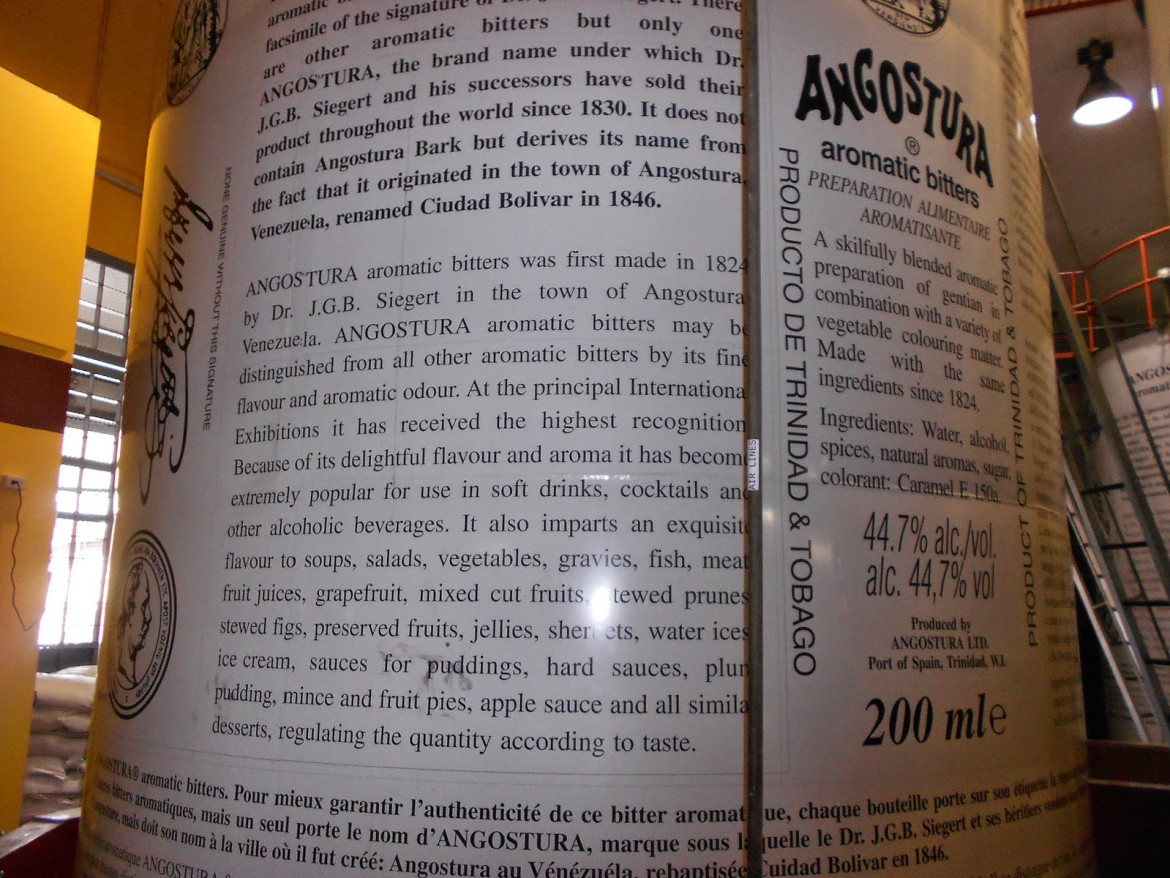
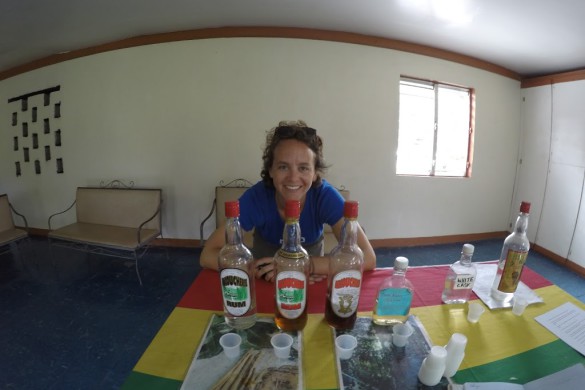
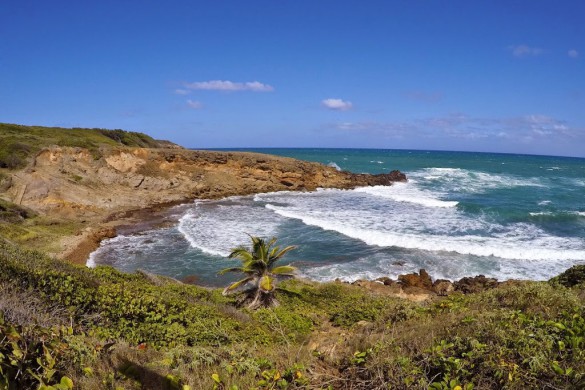
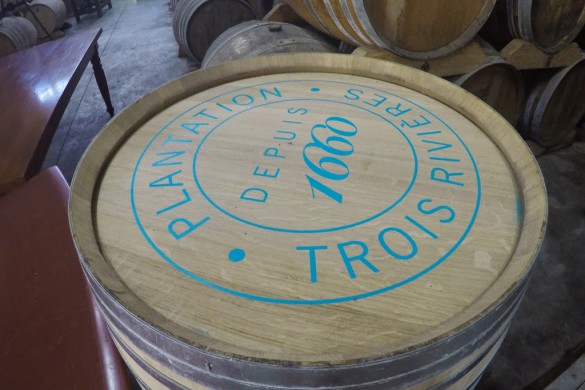
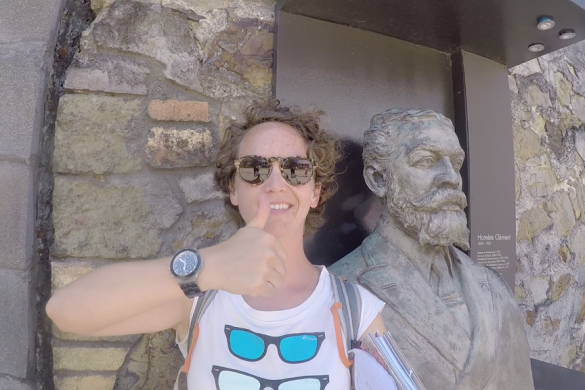
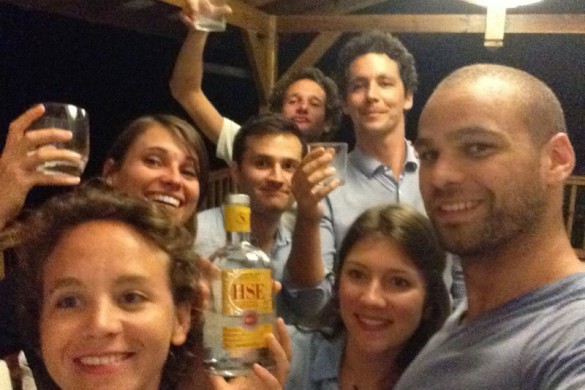
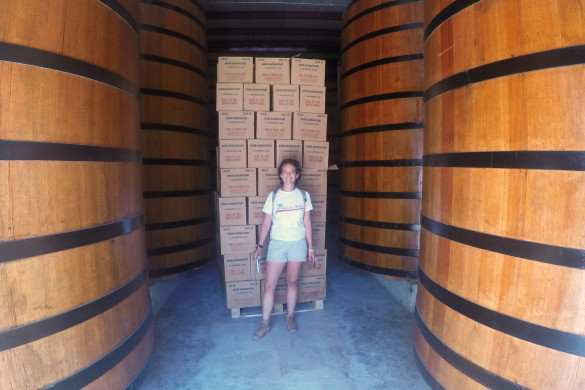
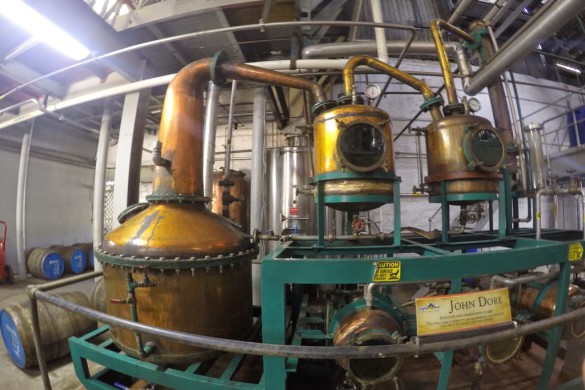

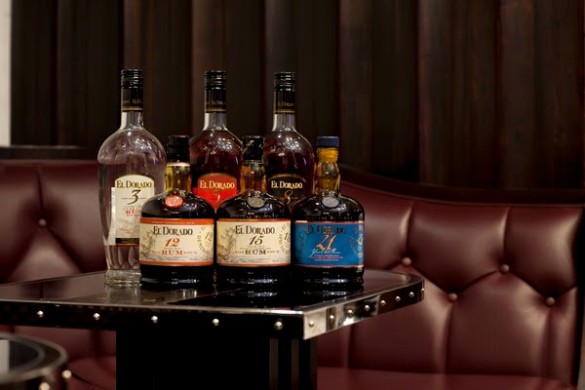
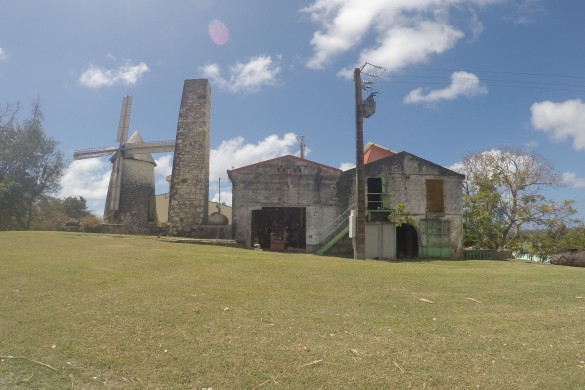
2 Comments
Thanks for sharing all those details, seems to have been a very good start to your exciting trip =)
Great report !
Great experience !
Take care